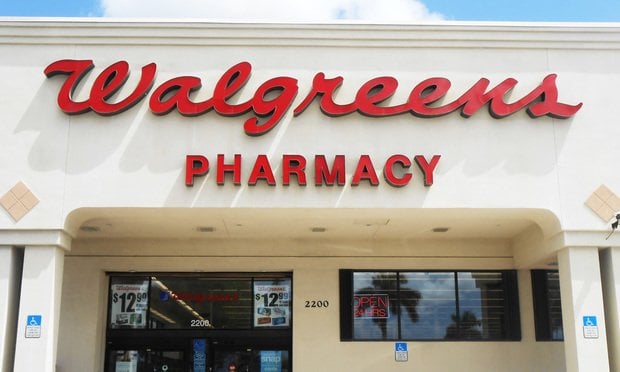 Employers are suspicious about the lack of transparency in setting drug prices, and wary about what they perceive as their overdependence on PBMs in setting those prices. (Image: Shutterstock)
Employers are suspicious about the lack of transparency in setting drug prices, and wary about what they perceive as their overdependence on PBMs in setting those prices. (Image: Shutterstock)
A new report sheds light on possible strategies for holding down drug costs for enrollees of employer health plans. Addressing perceived waste and lack of transparency around the practices of pharmacy benefit managers (PBMs) top the list, according to the study.
The report, by the National Alliance of Healthcare Purchaser Coalitions (National Alliance), used surveys and roundtables to take the pulse of more than 80 employers of different sizes from across the country.
Related: Evaluating your PBM evaluation process: Are you aligned with client goals?
The report found that employers agree that pharmacy spending and other health care costs are a major concern: more than 60 percent of those surveyed describe drug and medical spending as costly and unsustainable, with exponential increases in the last several years. The report allowed employers to weigh in on the strategies they are considering for addressing health costs—and found a strong desire to change industry practices regarding PBMs.
A need for more clarity
Surveys taken as part of the study found employers are suspicious about the lack of transparency in setting drug prices, and wary about what they perceive as their overdependence on PBMs in setting those prices.
"Employers note that the lack of transparency is exacerbated by the fact that PBMs are often highly motivated by rebate revenue," the study said. "Some employers say their own dependence on PBMs to develop drug formularies has made it difficult to know whether rebates are being used in ways that benefit them, their employees, or the PBMs."
Other areas of concern include high rates of drug waste, direct-to-consumer advertising that prompts spending on ineffective or expensive drugs, and incentives for over-prescribing.
Regaining control of pharmaceutical spending
Roundtable discussions included in the report emphasized that employers want to change the conversation around pharmacy benefit management. The report mentions distrust and suspicion that PBM interests are not aligned with those of purchasers. "Employers report "smoke and mirrors" tactics and cite the importance of networking through local and regional health care coalitions to learn what is and isn't working for other employers," the report said.
From the consumer side, the National Alliance's survey found that 68 percent of employees report their biggest problem is cost-sharing through high-deductible health plans. However, the report said employers are signaling they don't want to give up this model, saying that they prefer a more paternalistic approach that allows purchasers to determine the best cost and quality options.
Recommendations for addressing high drug costs
The report concludes with recommendations for employers. These include:
- Determine how to eliminate rebates and encourage price transparency from PBMs and pharmaceutical manufacturers.
- Restrict direct-to-consumer advertising. The report noted that comparative effectiveness information would allow employers to better educate employees about drug value.
- Invest in employee preventive care and chronic condition management programs. The report recommends health navigator programs for employees.
- Implement integrated site-of-care solutions for specialty medications. "These solutions integrate a company's medical and pharmacy benefits to reduce waste—and costs," the report said.
- Require PBMs to implement drug waste reduction strategies and hold them accountable for building cost-savings strategies into formularies.
- Support collaboration and information sharing across employers and coalitions. The report noted that an independent national formulary is another idea employers said was worth investigating.
- Choose an objective data warehouse and analytic firm. The report suggests that companies work with other employers to establish a community data asset.
Interestingly, the purchasing coalition also seemed to favor a bigger government role in addressing the high costs of drugs. The report recommended allowing drug importation from other countries, though it recognized that employers had mixed opinions on this. It also called for more federal regulation of the pharmacy industry and PBMs.
Read more:
© 2025 ALM Global, LLC, All Rights Reserved. Request academic re-use from www.copyright.com. All other uses, submit a request to [email protected]. For more information visit Asset & Logo Licensing.







